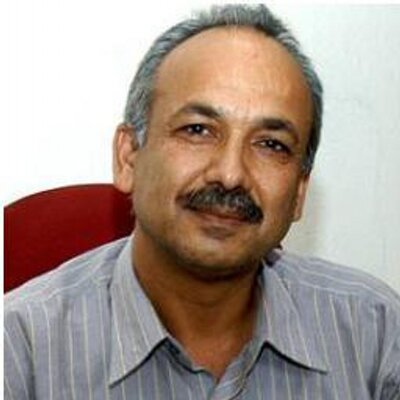By Yubaraj Ghimire – It took seven years, two Constituent Assemblies, and the draining of an estimated Rs 150 billion from the state exchequer for the promulgation of Nepal’s constitution. Yet, it continues to polarise Nepali society, even more sharply than before. The longevity of the constitution is already a matter of speculation. A demoralised President Ram Baran Yadav, who didn’t smile once, announced the promulgation amid celebrations sponsored by the state and the three key parties.
Yadav had repeatedly told the leaders of these three parties — the Nepali Congress, Communist Party of Nepal-Unified Marxist Leninist (CPN-UML), and the Unified Communist Party of Nepal-Maoist — that the promulgation would be unwise without the involvement of the Madhesi representatives protesting the arbitrary demarcation of provinces. But as the constitutional figurehead, Yadav was overruled and made to sign a document he didn’t agree with.
But it wasn’t merely the rift between the president and the Constituent Assembly (CA) that eclipsed Nepal’s “tryst with destiny”. It was also the fear of large scale violence and of the anger of a substantial section of the population that has been excluded from the process.
In 2005, King Gyanendra had taken the reins of power in his hands, pledging to quell the decade-long Maoist insurgency and return power to the parties within three years. But this royal takeover, much against India’s wishes, backfired. With a 12-point programme, New Delhi brought the electoral parties and the Maoists together. In April 2006, Gyanendra handed back power, declaring that Nepal’s new constitution would be written by an elected CA. The first CA, elected in April 2008, failed to write the constitution, although it abolished the monarchy a month after being elected.
Today, when the forces that India had brought together in 2006 have finally delivered the constitution, its ownership within Nepal has badly shrunk. India itself is visibly unhappy. “We note the promulgation in Nepal on Sunday of a constitution”, was its curt response. Along with India’s move to abstain from the celebrations in Kathmandu and at Nepal’s embassy in Delhi, this looked ominous.
While India — which had openly helped the Maoists occupy the political centre stage — has reason to be unhappy now with the former insurgents, it must accept its share of the blame. Delhi extended open patronage to Nepal’s discredited leaders, who all along refused to take responsibility for the prolonged transition, its diplomats openly participated in meetings of a partisan nature, some of them even bullying media personnel who held critical views of Indian policy. The BJP declared that the UPA government’s neighbourhood policy was wrong. But the NDA government has not been able to define a right policy so far.
Yet, both India’s ministry of external affairs and the prime minister’s office have shown concern at the highest levels.
PM Narendra Modi spoke to his Nepal counterpart, Sushil Koirala, urging him to go for broad-based consultations with the Madeshi and other agitating groups. External Affairs Minister Sushma Swaraj reiterated the same position in her official statement. But the last straw was the point-blank refusal by Nepal’s top three leaders — Koirala, Maoist chief Prachanda and the UML’s K.P. Oli, who is also a PM aspirant — to entertain any of the major suggestions that S. Jaishankar, Modi’s special emissary, had come to Kathmandu with.
Nepal’s leaders are often criticised for their “servility” towards the Indian establishment and for “soliciting India’s role” in domestic politics, but what they have exhibited this time is a firm “No” where India is concerned. Perhaps they haven’t calculated the consequences, nor recalled the role
India played post-2005. Even worse, they never allowed a serious debate in the House and among the different stakeholders. As a result, ordinary people don’t feel a part of the outcome. A senior Nepali Congress leader said, “It is a constitution born of a surrogate mother. The EU is happy with secularism, and India with a republican Nepal… The Nepalese people didn’t have much of a role in it.”
Nearly 43 people have lost their lives in the violence. A half-dozen cities are under prohibitory orders. There are clear contradictions among the protesters. But a constitution that people don’t feel belongs to them may not have a long life. Nepal has already had six constitutions in the 67 years preceding this one.
This article has been originally published in 22 Sept, 2015.


